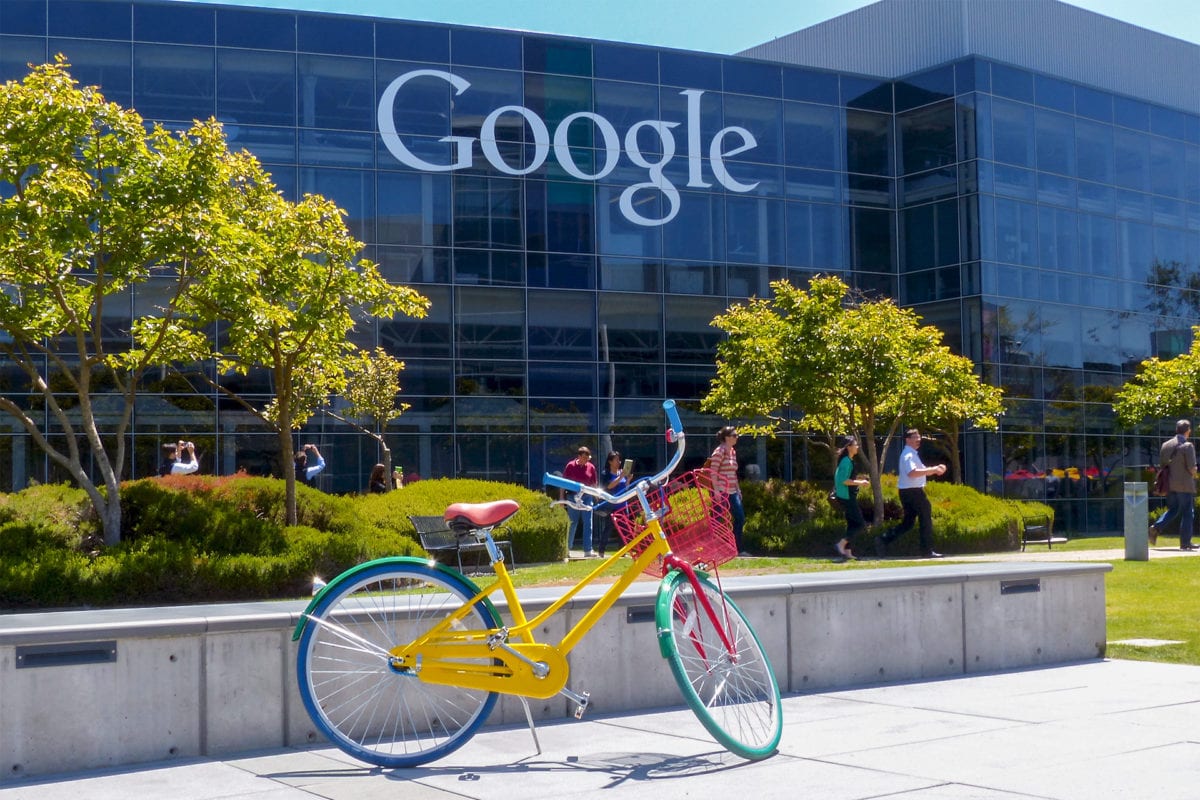An employee can improve their work ethic and attitude, but it will only go so far. Employee performance and satisfaction is highly dependent on how healthy the workplace is. If the environment is positive, the overall business will thrive, but neglecting the needs of workers usually leads to high turnover. If you’re in a leadership position or have the ability to give input on how to shake things up – even if it’s something as small as switching to standing desks – you can help your organization succeed by considering the following principles that promote high performance.
Workplace Design
Workplace design is the process of organizing the workspace to enhance performance while considering health and safety. Through research analysis, global design firm HOK determined key aspects to consider when designing a workplace:
- Colour: Every hue carries a psychological effect
- Temperature & Air Quality: Maintain a well-ventilated space that’s ideally 21.6 degrees Celsius
- Nature: Include plants in the office, preferably greenery outside the window, and let daylight in to manage circadian rhythms
- Noise Control: Rooms should have doors and noisy spaces should be separate from quieter areas
- Crowding: A less crowded space reduces stress
- Ergonomics: Adjustable, comfy seating is ideal, and workers should be encouraged to get up from their desks every so often
- Choice: Workers should have some control over how to use and decorate their space based on the level of stimulation they desire
Not all of these are things that can be changed on a whim, especially in a larger office that’s already been designed. But some things can still be changed, such as bringing in plants, heaters or fans to warm or cool the area, and moveable partitions to create separation in the space. When it comes to improving performance, giving employees a say in how they work is priceless.
Workplace Innovation
Innovation within an organization is about creating a positive work culture in order to increase performance, productivity, and efficiency. Workplace innovation finds new ways of doing things or creates new products and services that foster employee engagement. One model by author Dan Pink sets a framework for how organizations can establish a powerful workforce. It’s based on the idea that employee satisfaction and performance in the 21st century is driven by the intrinsic need to be in control of our own lives, to create, and to treat ourselves and the environment better. In other words, the new elements of motivation are purpose, mastery, and autonomy. These motivations breed desire, drive, discipline, and dedication.
According to Pink, using a rewards system no longer works for large cognitive tasks where the worker is required to think a lot and devote considerable time to it. As Pink writes on Farnam Street, “Just the fact of offering a reward for some form of effort sends the message that the work is, well, work.” Research finds that higher incentives leads to declines in performance. Leaders can make use of Pink’s model by letting workers be more independent and giving them opportunities to demonstrate leadership.
Lunch Break
It’s also possible for employee engagement to be too high. If an employee often works overtime, disregards their breaks or eats lunch at their desk every day, they aren’t taking the needed breaks from their tasks, which raises stress levels. Sometimes we aren’t aware that we’re stressing ourselves out until we burn out. By allowing ourselves to take breaks from work, we actually increase productivity by preserving energy. A study done for the British Psychological Society found “that within‐day work breaks are associated with a decrease in fatigue.” Another study by Tork, conducted in 2018, concluded that 81% of employees who took lunch breaks felt a strong willingness to be active members of their organization.
Mental Health Initiatives
Mental health awareness has increased in recent years. A survey by Morneau Shepell of millennial and Gen X Canadians found that 34% believed the primary cause of their mental health issues was workplace stress. While 71% of those surveyed reported that their company offered an Employee and Family Assistance Program (EFAP), only 20% actually used it.
By starting a mental health initiative in the workplace, employees will be better educated about the resources available to them, how to identify illness in themselves and others, and reducing stigma. One successful program several Canadian businesses have implemented is Not Myself Today, which encourages organizations to talk about mental health at work support their staff. Not Myself Today organizers found that 98% of companies reported that the campaign facilitated a more supportive work environment.
Leaders can engage others by leading by example: this means participating in initiatives, using the provided resources, providing feedback on them, generating discussions, or doing other innovative things that spread awareness and engagement.
Exercise & Wellness Programs
Exercise is proven to improve concentration, lift brain fog, and improve mood. Employees can improve their performance by exercising either during their breaks or before or after work. They should be encouraged to explore different types of activities to determine which they like best. A workplace wellness program is ideal for this, especially if it includes, for example, a discounted gym membership to entice staff to stay active. A randomized clinical trial by WellSteps reported that an intensive health behaviour-modification program could drastically improve health in adults and mitigate risk factors. Workplace wellness programs improve health habits, which ultimately lowers healthcare costs, which means fewer sick days and better performing employees.
A well-organized work environment that pays attention to workers’ needs and desires is a good way to ensure that they keep working for you.
Josephine Mwanvua | Staff Writer



















